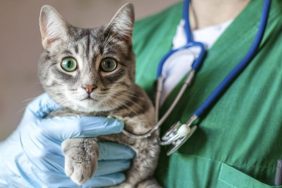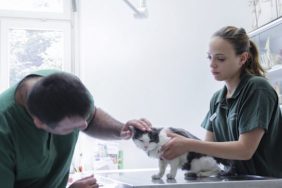Oronasal fistula in cats is a medical condition that involves a passageway, called a fistula, forming between the nose and mouth. It’s frequently caused by bad teeth that are situated along the upper jaw.
The condition can lead to symptoms that include runny noses, sneezing, and nose bleeds. In some cases, it can also lead to a situation where food and water can move from the mouth to the nose.
If you see concerning signs in your cat, then you must consult your veterinarian for a proper diagnosis and course of treatment. Here’s what you should know about the symptoms, causes, and treatments of oronasal fistula in cats.
Symptoms Of Oronasal Fistula In Cats
Oronasal fistula in cats can produce a range of symptoms that mostly appear around the nose area. Some of the most common symptoms include:
- Irritated nose
- Lots of sneezing
- Nose bleeds
- Runny nose
- Inflamed nose
Causes Of Oronasal Fistula In Cats

The cause of oronasal fistula in cats is often associated with a bad tooth along the upper jaw area. Some of the other common causes include:
- Suffering from a shock or trauma
- Overbites
- Tooth extraction that causes trauma
- Wounds from being bitten
- Periodontal disease
Treatments For Oronasal Fistula In Cats
If you suspect that your kitty might be suffering from oronasal fistula, your veterinarian will want to carry out a full physical examination.
They’ll also ask about any recent events that might have caused your cat to suffer a shock or a trauma, such as an electrical shock or an accident with a moving vehicle. Vets generally use a periodontal probe to confirm their diagnosis.
Once your vet diagnosis your cat, they’ll most likely advise that your kitty undergoes a surgical procedure to cure the issue. This procedure involves removing any diseased teeth that might be causing problems. Additionally, they’ll need to surgically patch up the passageway between the mouth and the nose by use of a skin flap.
It’s important to note that cats undergoing treatment will most likely have to go through repeat surgeries over the course of their lifetime in order to restore the skin flap that patches up the passageway.
Has your cat developed oronasal fistula? Has your vet performed surgery to treat the issue? Tell us all about it in the comments below.









